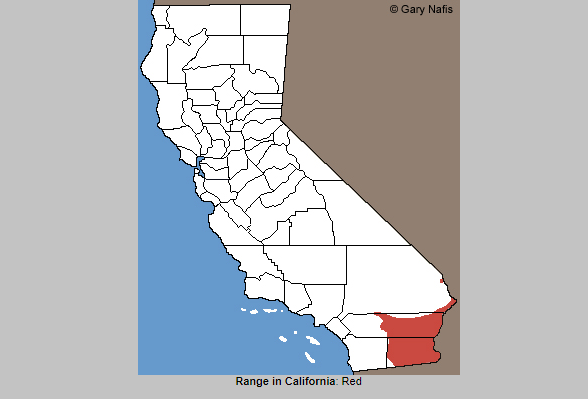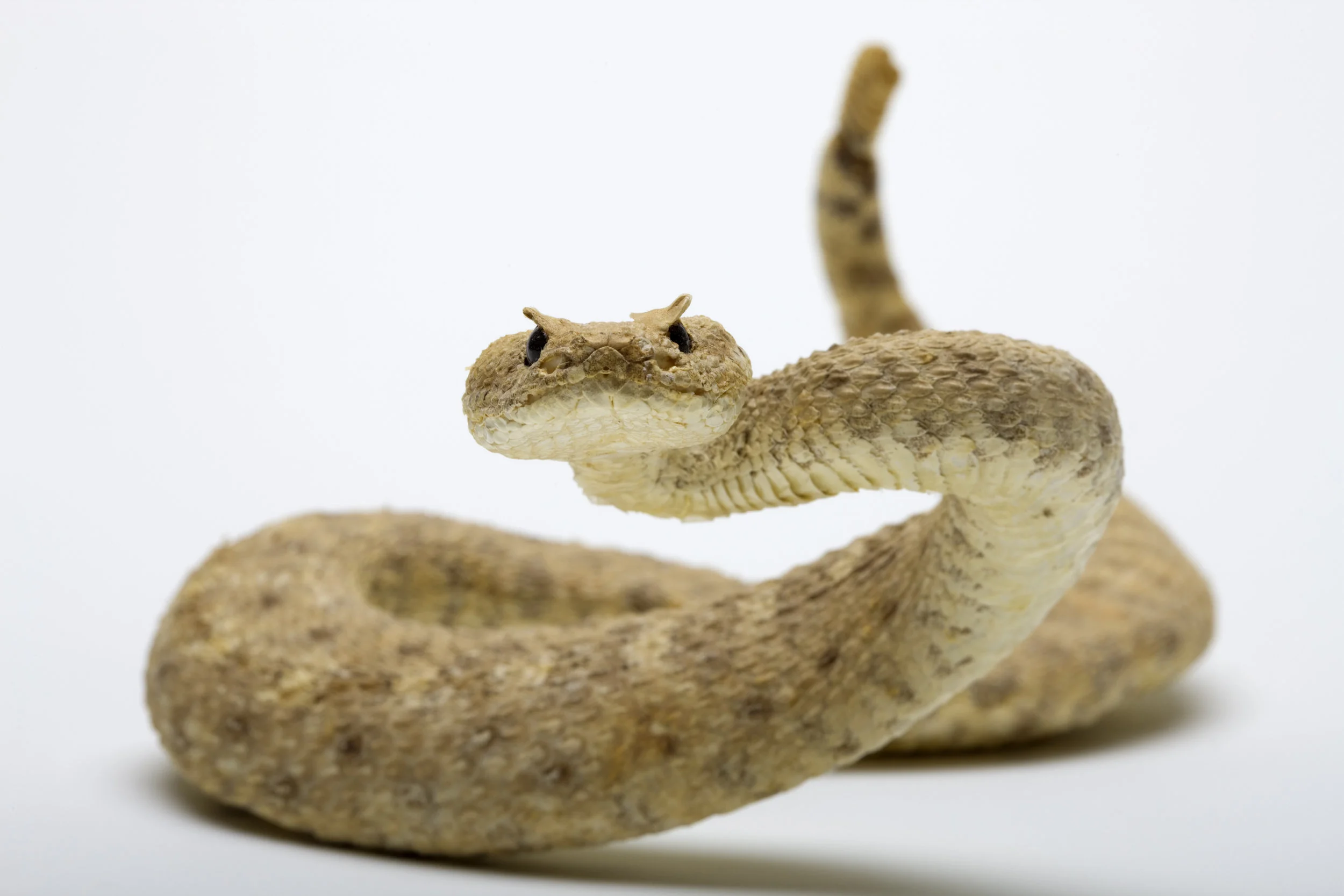
Western Diamondback Rattlesnake
The Western Diamondback Rattlesnake or Texas Diamond-Back(Crotalus atrox) is a venomous rattlesnake species found in the southwestern United States and Mexico. It is likely responsible for the majority of snakebite fatalities in northern Mexico and the greatest number of snakebites in the U.S.

Description
The color pattern generally consists of a dusty-looking gray-brown ground color, but it may also be pinkish-brown, brick red, yellowish, pinkish, or chalky white. This ground color is overlaid dorsally with a series of 24–25 dorsal body blotches that are dark gray-brown to brown in color. The first of these may be a pair of short stripes that extend backwards to eventually merge. Some of the first few blotches may be somewhat rectangular, but then become more hexagonal and eventually take on a distinctive diamond shape hence the name "Diamondback rattlesnake". The tail has two to eight (usually four to six) black bands separated by ash white or pale gray inter-spaces; this led to the nickname of "coon tail".

Geographic Range
It is found in the United States from central Arkansas to southeastern and Central California, south into Mexico as far as northern Sinaloa, Hidalgo and northern Veracruz. Disjunct populations exist in southern Veracruz and southeastern Oaxaca. In the United States, it occurs in central and western Arkansas, Oklahoma excluding the northeast, north-central region and the panhandle, Texas excluding the northern panhandle and the east, southern and central New Mexico and Arizona, extreme southern Nevada, southwestern Utah, and in southeastern California on either side of the Chocolate Mountains.



